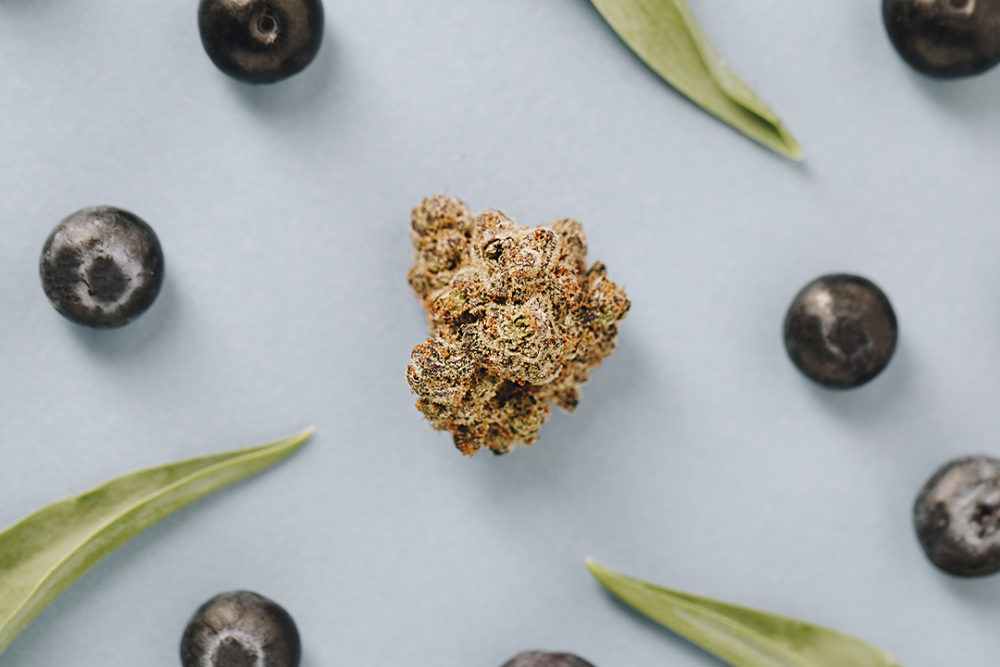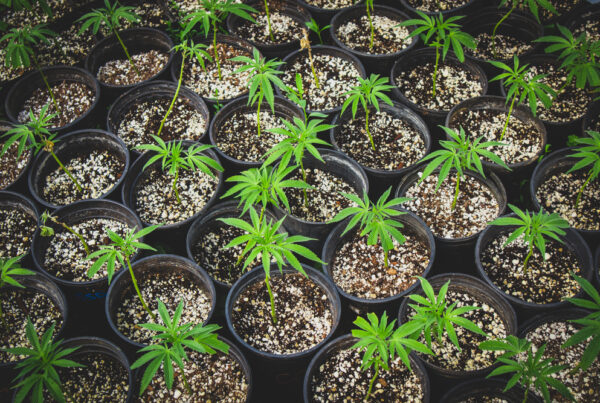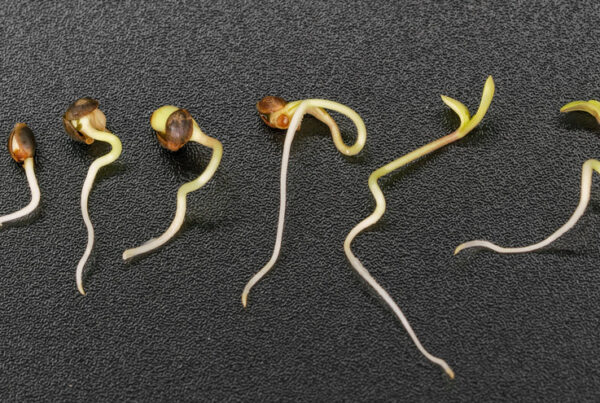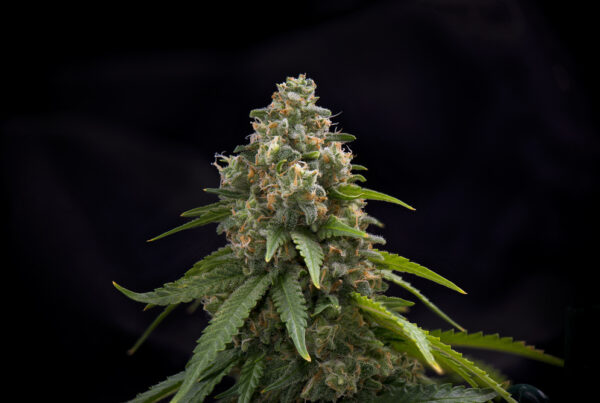The cannabis industry is doing so well that it could surpass the NFL in revenue this year!
Are you thinking about trying cannabis for the first time, but are confused by all the terminology? There are so many marijuana terms and phrases that make beginners feel lost at first.
For example, cannabis or pot is slang for marijuana, but is marijuana the same as cannabis? If you’re planning on visiting a dispensary soon, but you want to buff up your knowledge first, you might want to update your cannabis terminology.
From budtender to dabbing and more, learn some of the most common terms and phrases used in the cannabis industry.
1. Marijuana
Marijuana is a psychoactive drug also known as cannabis or cannabis. Both hemp and marijuana are broad classifications of the cannabis plant.
Marijuana is the term used to classify cannabis that contains over 0.3 percent THC and can have a psychoactive effect on a user.
The history of cannabis goes back thousands of years and most of the earliest uses of marijuana were medicinal.
2. Hemp and CBD
Hemp is a broad classification of cannabis. Hemp is the term used to classify varieties of cannabis that have 0.3 percent or less of THC.
Hemp has higher concentrations of cannabidiol (CBD), and CBD can be derived from hemp to make various medicinal products. Neither hemp nor CBD gets you “high”.
3. Bud/Flower
Bud is another name for the cannabis flower. This is the smokable part of the plant. A bud or flower is the term for the dried and cured flowers that you’ll see at a dispensary.
Depending on the strain, the color and appearance of the flower can vary. Before you visit a dispensary, familiarize yourself with the different varieties of flowers and their effects.
4. Strains
When you visit a marijuana dispensary, you’ll see a bunch of different strains to choose from. A strain is a type or breed of cannabis grown for a specific purpose or to have specific effects on a user.
Strains are either pure or hybrid varieties of cannabis. Two species you’re probably familiar with are indica and sativa.
5. Indica
Cannabis indica is a species of cannabis. Indica plants are short and bushy with wide leaves and a dense flower structure. They tend to grow faster than their sativa counterparts and have a higher yield.
Indica strains can help someone to relax physically or mentally. Indica strains can also help to decrease nausea and pain and are ideal for nighttime use.
6. Sativa
Cannabis sativa is another species of cannabis. This plant grows tall and thin and has narrower leaves. Sativa plants take longer to grow than indica, and they also need more sunlight.
Sativa strains tend to have anti-anxiety and antidepressant properties. People often use sativa strains to help with chronic pain or to increase focus and creativity. Sativa strains are therefore great for daytime use.
7. Hybrids
When learning about the different cannabis terms out there, you’ve most likely already heard of indica or sativa strains before today. But very few indica or sativa strains are of a pure variety.
Strains labeled “indica” or “sativa” are most likely indica-dominant or sativa-dominant. This means they’re a hybrid cross of the two.
For instance, on a dispensary’s menu, you may see “indica” which usually means it’s an indica-dominant strain. A strain labeled “hybrid” may be a more even mix of the two.
8. Extraction
Extraction is the process used to extract cannabinoids and terpenes from cannabis.
Cannabinoids are a group of chemical compounds that act on and affect cannabinoid receptors. Cannabidiol (CBD) and Tetrahydrocannabinol (THC) are two of the many chemical compounds found in cannabis.
Terpenes are one of the compounds responsible for a plant’s taste and scent. Terpenes and cannabinoids work together, resulting in something called “the entourage effect”.
There are three main extraction methods, alcohol extraction, CO2 extraction, and butane or propane extraction. These methods use commercial equipment to extract concentrated oils from the plant. Solvent-free extractions are a more basic technique that involves grinding and sieving.
9. Edibles
Ingestion is another method of consuming cannabis. Both edibles and tinctures are swallowed and processed by the body.
Edibles can be sweets or foods infused with either THC or CBD. Gummies, baked goods, and drinks are all common edibles you may see at a dispensary.
As a word of caution, make sure you start slow with edibles. You may not know how your body will react, so consider dividing your edible into smaller pieces first. You may experience a stronger reaction than anticipated.
10. Tinctures
Tinctures are created from the extracts of a cannabis plant. You consume them by using a dropper and placing drops under the tongue. These are called sublingual tinctures.
There are also spray tinctures which you spray into your mouth.
Tinctures are a common entry point to the world of cannabis. They’re easy to take and a great alternative to smoking.
11. Topicals
Topicals can be THC or CBD-infused products that you apply directly to the skin. These are most often lotions, creams, balms, or transdermal patches.
These products absorb through the skin. They’re often used for pain relief, reducing inflammation, or alleviating soreness.
Although lotions, balms, and patches are the most common types of topicals, you can find everything from lip balms to bath soaks.
12. Dabber/Dab
A dab is a dose of cannabis concentrate. You can use a dab in a dab rig and inhale the vapors produced by the concentrate.
A dab tool or dabber collects the concentrates which you can then use with an oil rig and heated nail to inhale the smoke.
13. Budtender
A budtender is a staff member that works at a dispensary. They help customers by offering suggestions or answering questions.
A budtender can help you build your marijuana vocabulary even further by explaining any unfamiliar terms and phrases. Budtenders know their stuff, so don’t be afraid to ask them questions.
Adding More to Your Cannabis Terminology
These are some of the most common phrases used in the cannabis industry, but chances are that you’ll come across more words you’re unfamiliar with.
One of the best ways to learn more about cannabis terminology is to visit a dispensary in person or read more online. As you learn more, you’ll become comfortable enough to make decisions on your own. Until then, feel free to ask your budtender for help and suggestions.
Ready to try legal cannabis for the first time but still have questions? Contact us or take a look at our FAQ section for more information.







